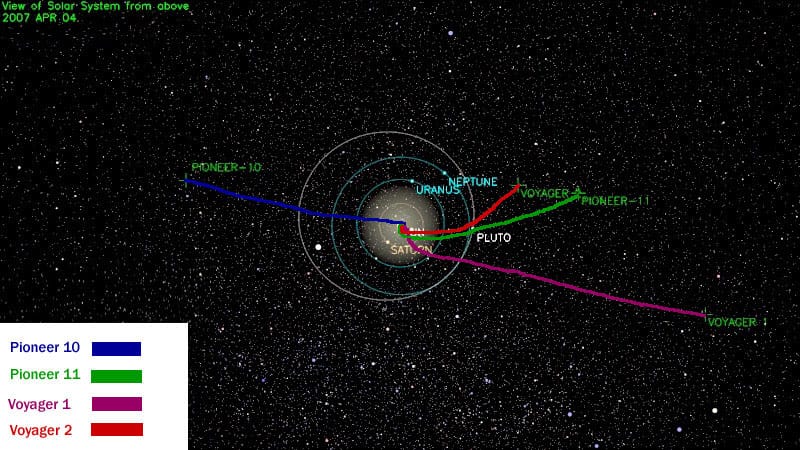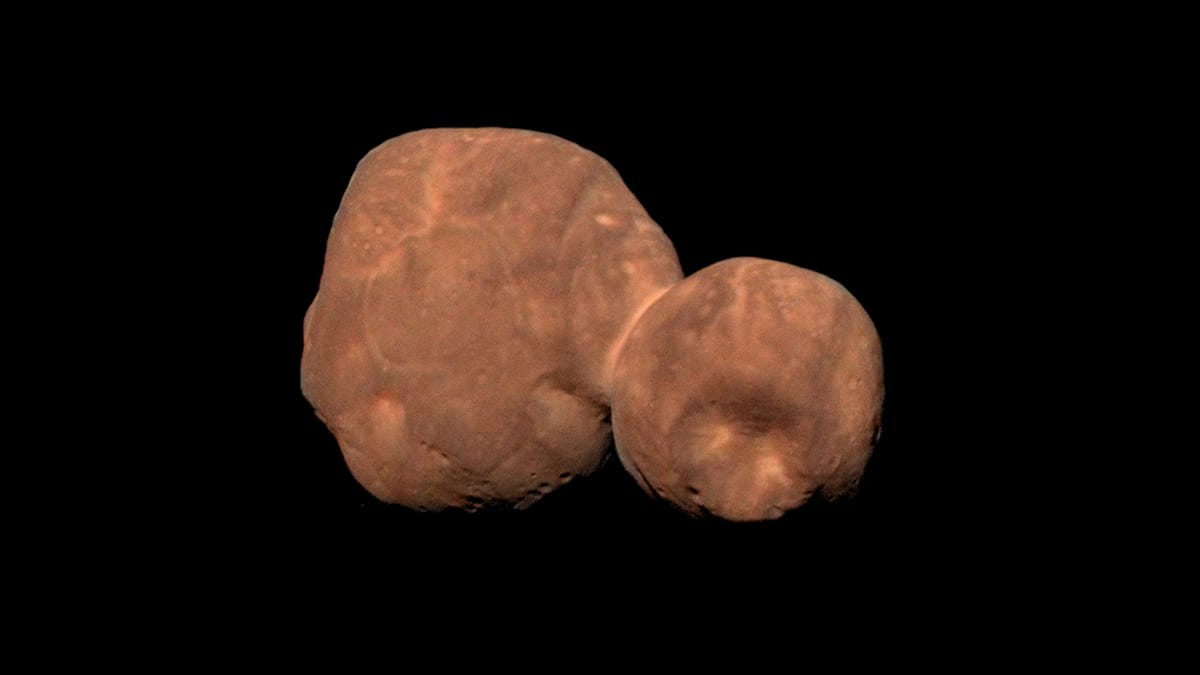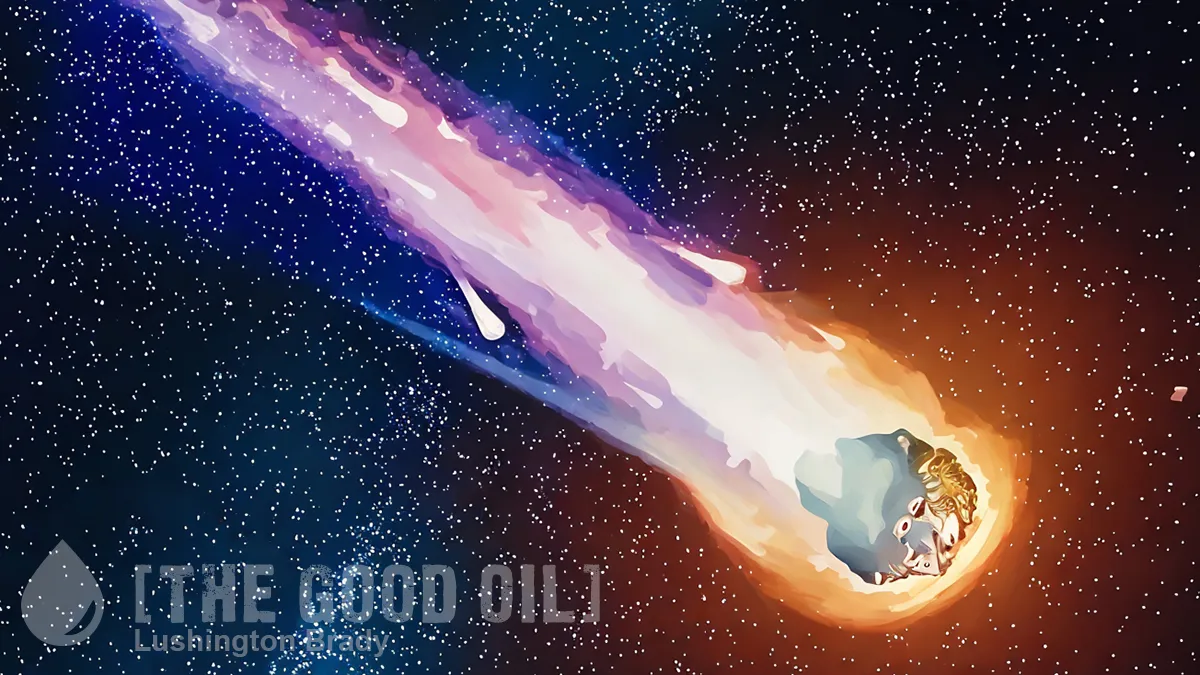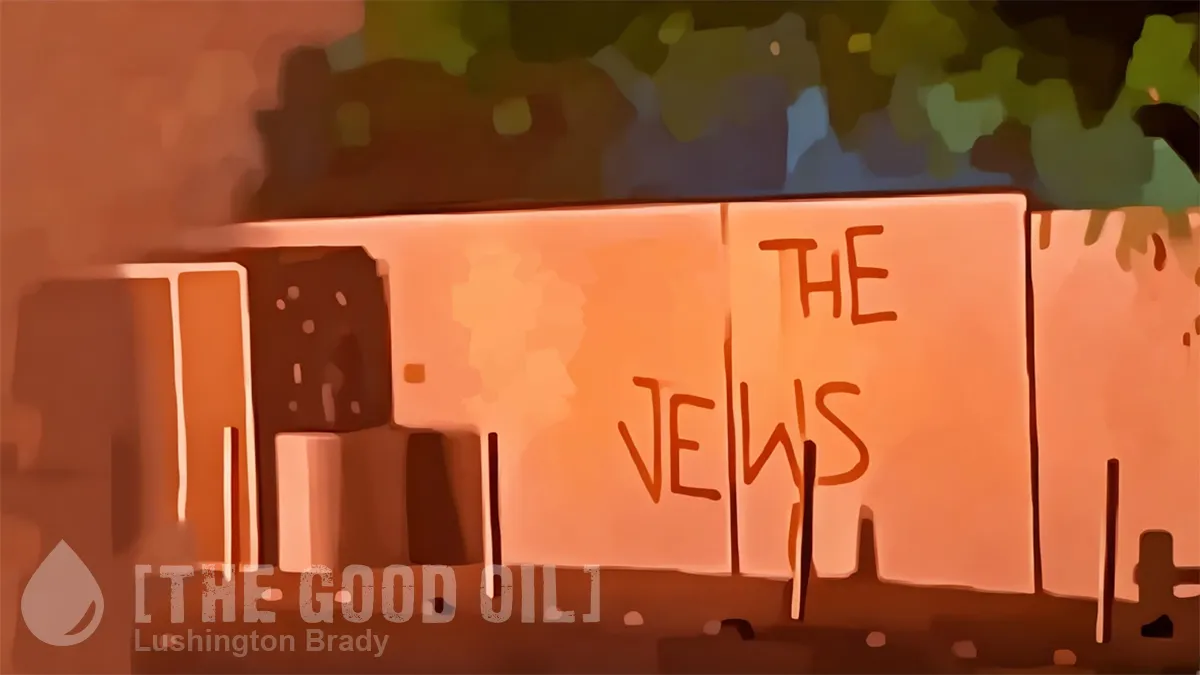Space, as Douglas Adams said, “is big. Really big. You just won’t believe how vastly, hugely, mindbogglingly big it is.” To get some idea of just how big, NASA’s Voyager 1 was launched nearly 50 years ago. It’s now the fastest-moving, most distant object humans have ever sent into space – and it’s only entered truly interstellar space in the last decade.

Looking at its position mapped against the solar system’s planets is misleading, because the solar system extends well beyond orbits of Neptune and even Pluto (screw you, I’m still calling Pluto a planet). Surrounding the planets is a vast, distant cloud of icy, rocky objects called the Kuiper belt and the Oort cloud.

These are believed to be the leftovers of the solar system’s formation. The first and only close-up flyby of one, named Arrokoth, is helping reshape theories of just how that formation transpired.
After the New Horizons probe made its celebrated flyby of Pluto in 2015, its team took a gamble and burned the very last of its fuel to send the probe hurtling at the dim, distant speck that was Arrokoth. What turned out to be a weird, orange, potato-shaped snowball yielded a trove of data.

Five years later, their gamble appears to have paid off. Not only did New Horizons achieve a next-to-flawless flyby of Arrokoth, the most distant object ever visited, but buried in its gigabytes of data – which have been trickling back to Earth ever since the New Year’s Day 2019 rendezvous – lies empirical evidence that strikes against a classic theory of how planets form […]
“[The Arrokoth encounter] was beyond our wildest dreams,” says William McKinnon, a planetary scientist at Washington University in St Louis who has been involved in the New Horizons project for more than 30 years. “It was much more interesting than we had ever really considered.”
The previously prevailing theory of solar system formation is that a vast disk of gas and dust spun around the infant Sun, colliding and clumping together until they formed the planets. But the problem is that as these “planetismals” got bigger, the faster and harder they would have smashed into each other – reaching a threshold where they would blow each other apart, rather than merge and keep growing.
“In the last 20 years, there’s been the development of a whole new and powerful theory that involves particles in the solar [dust cloud],” McKinnon says.
The new idea goes something like this. A group of dust grains plow through the young solar system’s gas a bit faster than lone wolf particles, drafting off each other like cyclists in the Tour de France. As the grains get faster, they overtake particles orbiting ahead of them, and the entourage swells. Eventually gravity pulls the group together in one fell swoop. “You get your planetesimal all at once,” McKinnon says. Finally, nearby pebbles rain down onto the planetesimal until it evolves into a full-fledged planet.
This new theory helps explain mysteries like how the heck Jupiter could have gotten so big so fast, but the passage of astronomical time has erased most firsthand proof. Planets weather. Asteroids knock into each other. Comets melt as they swing by the sun. To really test the idea, you’d need to find the last refuge of the solar system’s pristine planetesimals.
And that’s what New Horizons did.
Arrokoth represents one such fossilized planetesimal. Its body spans about 12 miles in length, and features two similar sized lobes partially merged together, like a snowman missing its head. It’s fluffy like snow too, McKinnon says.
And its fragile construction shows no signs of traumatic collisions. After months spent reconstructing the object out of photographs from a variety of angles, the New Horizons team has concluded that its shape suggests a peaceful formation. When a racing cloud of grains and pebbles collapses, it often forms two lumps, models suggest. Those lumps then orbit each other until something, perhaps drag from the surrounding gas, forces them together.
Just how fast (or slow) would they have been moving??
After simulating a wide range of speeds and angles of collision, the team found that no merger happening faster than a tranquil 9 miles per hour (a third the speed limit in a school zone) could have produced an Arrokoth-shaped snowman. And McKinnon suspects it happened even slower, perhaps at just two miles per hour.
Still, not everyone’s giving up on the old theory.
Other researchers, however, say it’s too soon to universally abandon the fast crashing story, since different paths to planethood could work in different places. Jonathan Lunine, a planetary scientist at Cornell University, suggests that while conditions in the Kuiper Belt could have been right for slow planetesimal formation, bodies born in gas-free regions near giant planets may have grown similarly to the old textbook way. “While I like the model the authors present for Arrokoth,” he says, “the jury is still out on how relevant it might have been in other environments in the forming solar system.”
Popular Science
Or, to put it another way: the science is most definitely not settled. True science never is.









